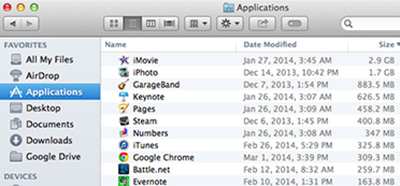

Click the Advanced tab, then enable Show Develop Menuin the menu bar.In the top menu, choose Safari, then click Preferences.It is recommended to clear browser cache files on your Mac: For Safari Browser cache temporarily stores website data such as images, scripts, and other stuff, in order to make your browsing faster when you revisit the same site but it may consume more storage space oe time. Remove unwanted items manuallyĮvery time we browse the internet, each site that we visit adds cache to your browser. "Other" is not always junk or useless files, but we recommend removing the useless content from this category. Everything else that does not fit into the main macOS categories.Various file and file types not recognized by Spotlight.Cache items (browser cache, system cache and locally-stored message media content).User library items (Application Support, iCloud files, screen savers, etc.).System folders of macOS, (temporary files, swap, voices, etc.).Archives and disk images, (zips, dmg, iso, etc.).Documents and file types, (PDF, doc, PSD, etc.).It is a very broad list of items, including things like the following: Over time, it can slow down computer performance. These files are not harmful to your Mac but if they accumulate too much space to your hard drive. This is the space taken up by plug-ins, documents, and caches stored by OS X. The Other storage on your Mac is composed of files that do not fall into clearer category labels: “applications, backups, audio, movies, backups, and photos”.


 0 kommentar(er)
0 kommentar(er)
